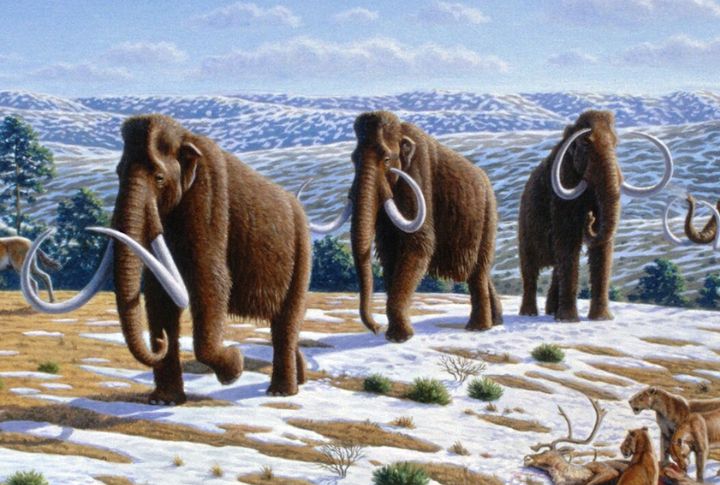
Long before European ships touched American shores, Native peoples mastered the art of survival through skill, ingenuity, and deep knowledge of the land. Their diets featured massive game, vibrant crops, preserved staples, and seasonal delicacies—each holding a story of resilience and the bond between humans and nature.
Mammoth
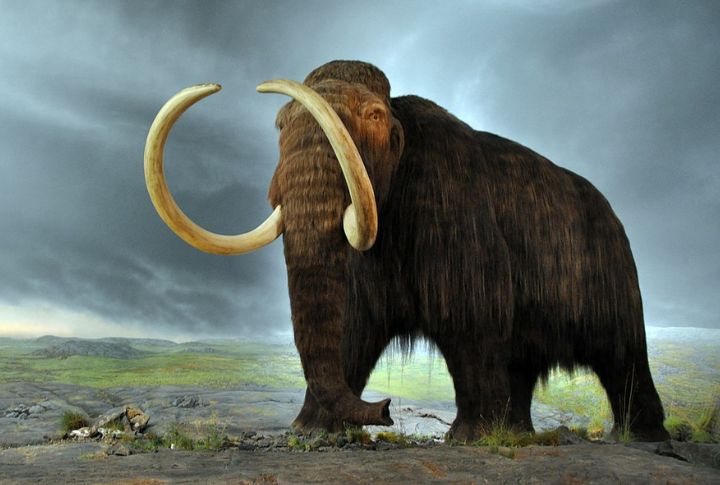
Mammoth meat was a key element in the diet of early Clovis hunters. Finds of bones with spear points confirm they hunted these animals across North America. With thousands of pounds of meat per kill, mammoths could feed a community for months, ensuring survival.
Squash
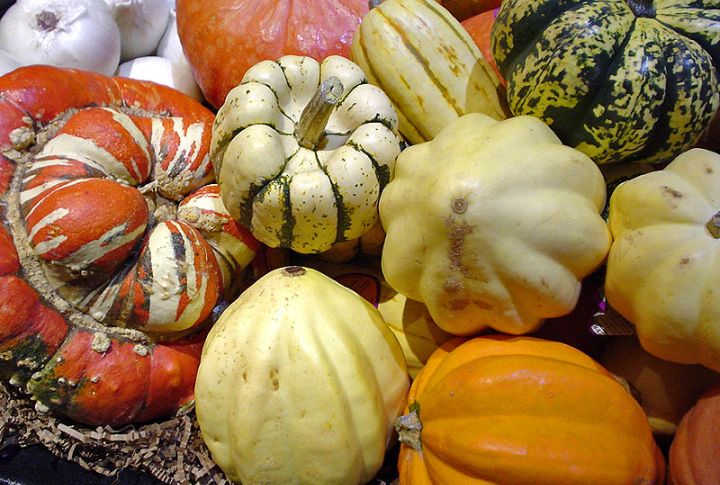
Native tribes planted squash with beans and maize in the ingenious “Three Sisters” system. Its thick skin made it perfect for winter storage and seed saving. Additionally, both wild and cultivated squash nourished communities well before modern farming practices emerged.
Camel Meat
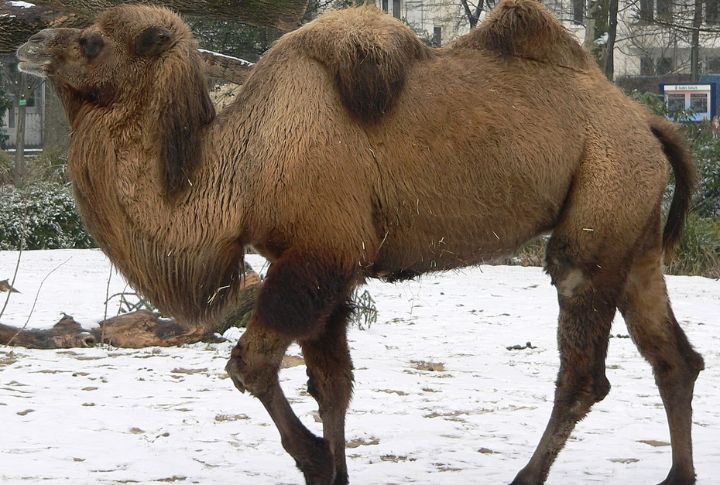
Believe it or not, prehistoric Canadians hunted camels. Unfortunately, these animals disappeared around 13,000 years ago around this area—long before Europeans arrived. However, camel hunting remains one of the most intriguing and rare features of the ancient North American diet.
Maize
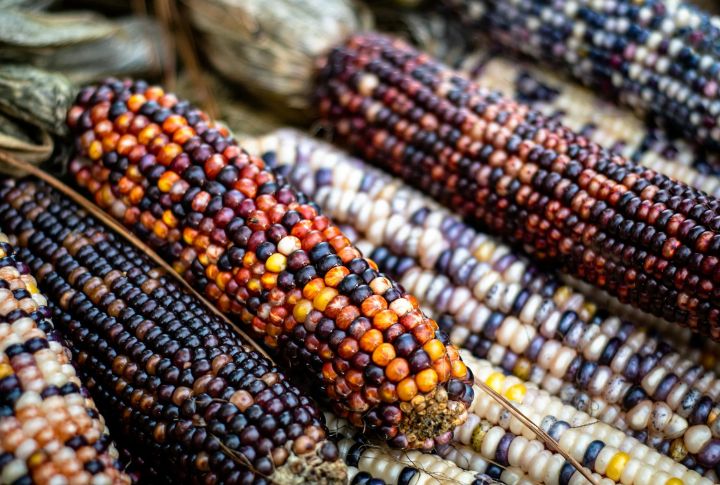
Through generations of selective breeding, maize evolved from the wild grass teosinte into a vital crop. It played key roles in ritual, timekeeping, and trade across the Americas, and many modern staples, such as tortillas and corn chips, stem from this innovation.
Gomphothere
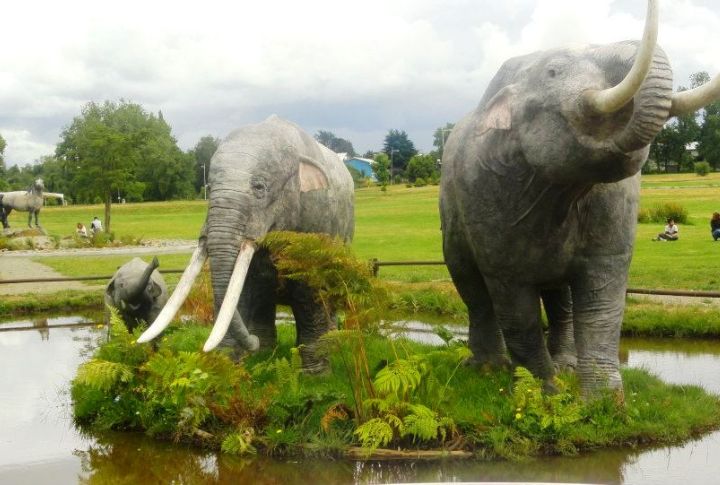
Gomphotheres, now-extinct elephant-like animals, were hunted by Native peoples in Mexico. Archaeological sites have yielded their remains, along with signs of butchering and tool use. These findings reveal their importance as both a food source and a resource for tools.
Beans
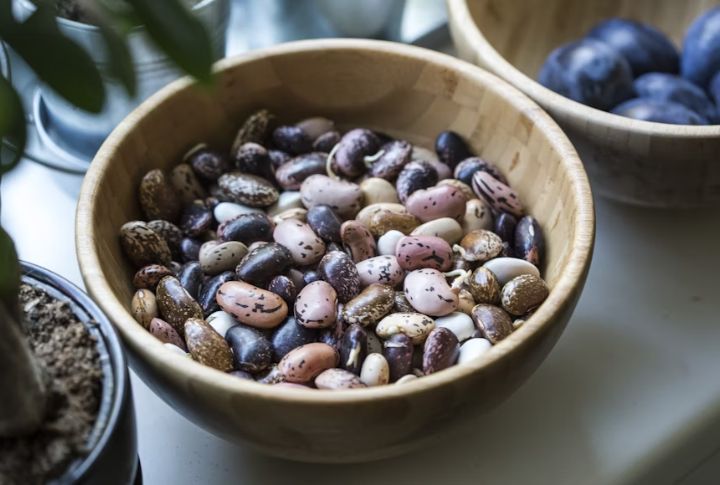
A nutritional cornerstone in many Native diets, beans were especially popular in the Eastern Woodlands, long before high protein and antioxidant-rich foods started trending. They were often planted along with maize and squash as they were a natural source of enrichment for the soil.
Bison
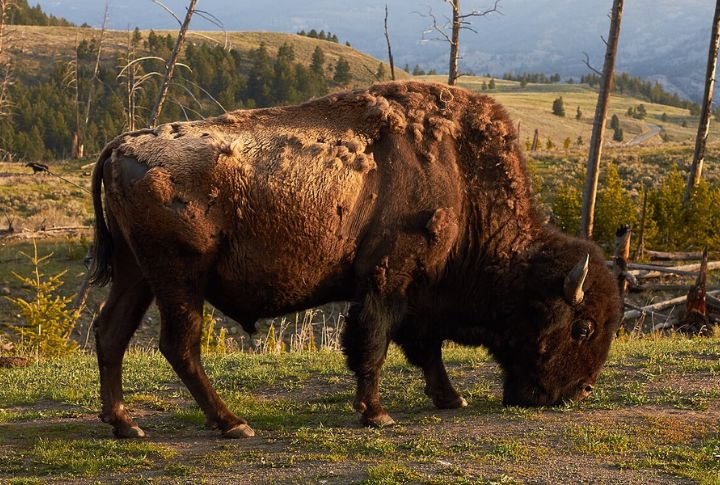
Bison hunting shaped entire ecosystems and cultural traditions across the Great Plains. Tribes used every part—meat, hide, bones, skin, and even the bladder for water storage. Complex tactics, including bison jumps and coordinated chases, ensured both efficiency and survival.
Wild Berries
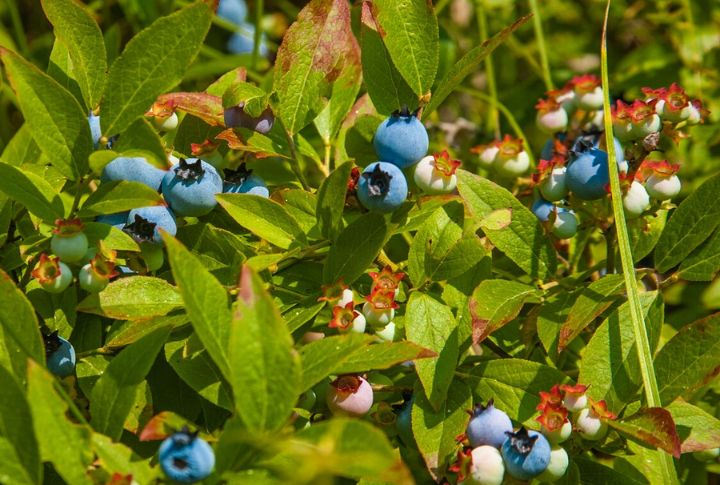
Seasonal collection of blueberries, strawberries, elderberries, and other varieties of berries formed part of traditional subsistence strategies. These resources were employed as natural dyes and utilized for medicinal purposes, sometimes even used for spiritual ceremonies.
Fish
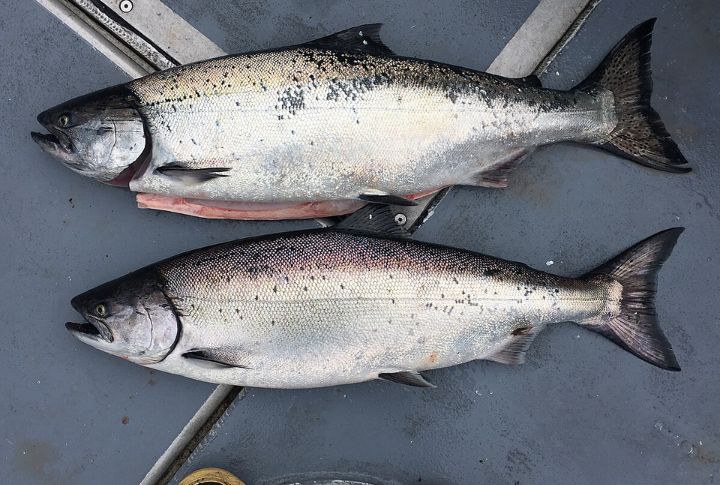
In the Pacific Northwest, salmon season was a defining event. Tribes organized their yearly cycles around the runs, then smoked, dried, or pit-roasted the catch to last for months. Ingenious tools such as weirs and spears helped secure the maximum harvest.
Nuts
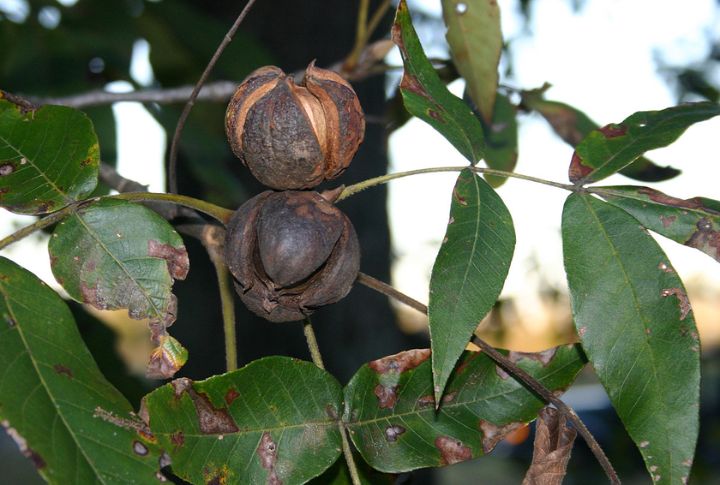
Acorns, walnuts, and hickory nuts were laboriously pounded and leached into nutrient-rich pastes. Packed with fats and proteins, they provided vital sustenance during lean months. Some varieties were crafted into hearty soups, while others held special roles in ceremonial dishes shared within the community.

